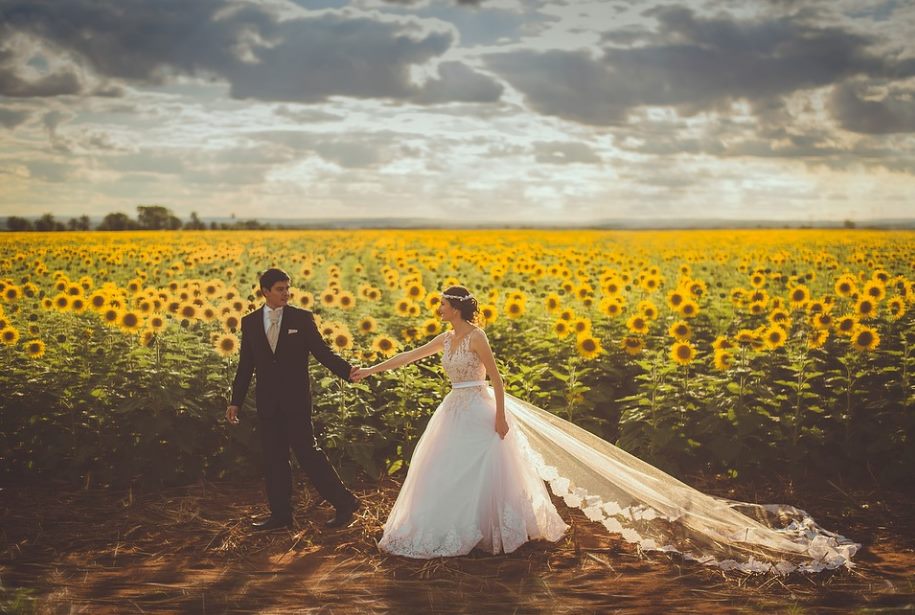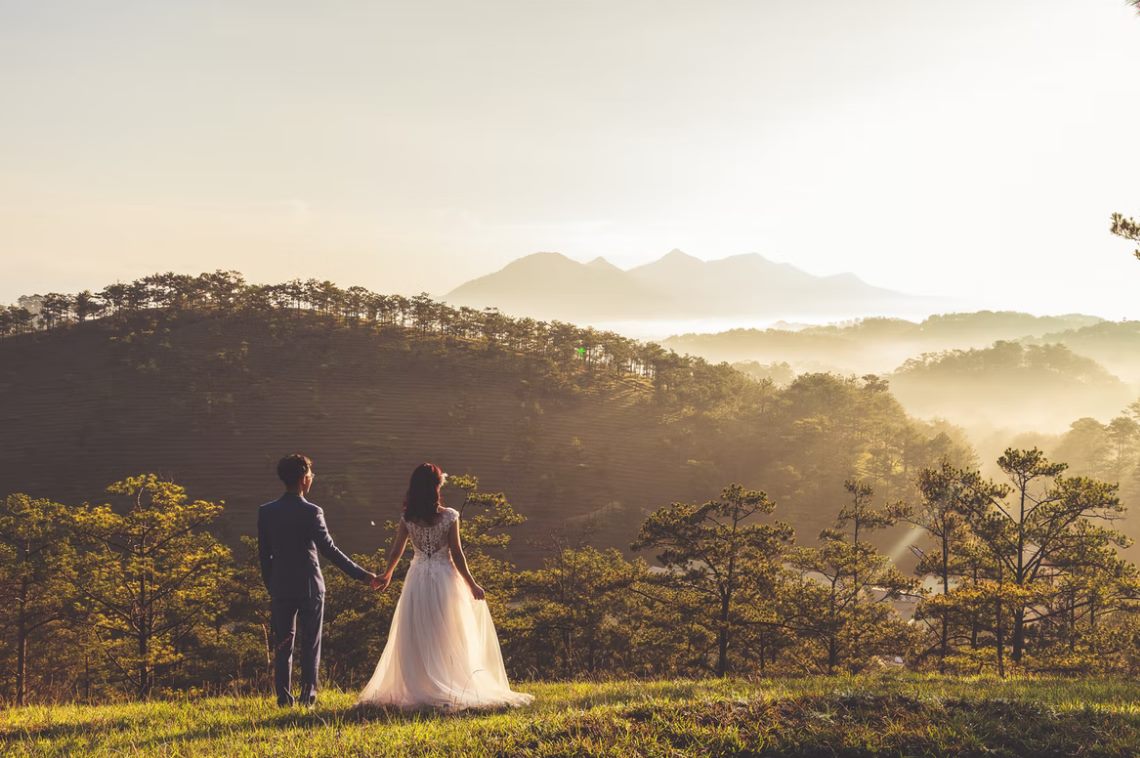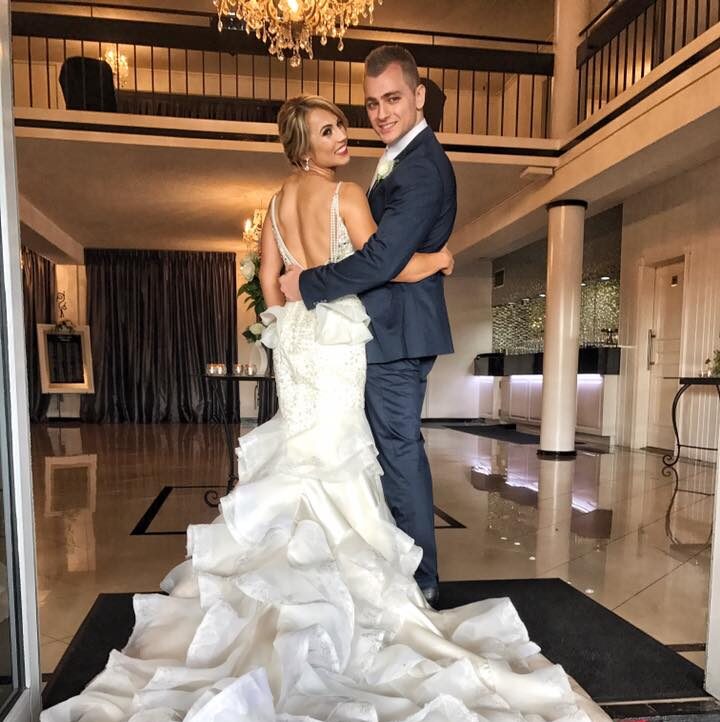Regarding weddings, cultures worldwide have unique traditions that make each ceremony distinct. While some customs are universal, others reflect the rich heritage of each culture. Whether it’s the bride’s attire or special ceremonies, these traditions make each wedding a memorable celebration of love and family. In this article, we’ll journey through various wedding traditions across the globe, showcasing the beauty of these unique practices.
Let’s Get Straight to the Point
Weddings worldwide are marked by unique traditions that reflect the cultural heritage of each country. From the “something old, something new” tradition in Western weddings to releasing doves in the Philippines, each custom adds a special meaning to the ceremony.
While some traditions, like wearing a white wedding dress and exchanging rings, have historical origins, many modern couples blend traditional elements with personal touches. Whether honouring longstanding customs or creating fusion weddings, these traditions bring a deep sense of meaning and connection to the celebration of marriage.
Something Old, Something New, Something Borrowed, Something Blue
Many are familiar with the age-old tradition that suggests a bride should have “something old, something new, something borrowed, and something blue” on her wedding day. This phrase, rooted in old English folklore, symbolises good luck for the newlyweds. Over time, this tradition has evolved but remains popular in modern Western weddings. The “something blue” often symbolises purity and loyalty, while “something borrowed” reminds the couple of their ties to their family and friends.
Unique Wedding Traditions From Around The World
Wedding ceremonies differ significantly worldwide, and each culture brings flavour to the celebration. Let’s explore various countries’ most interesting and heartfelt customs.
1. Confetti In Italy
Italy is where the tradition of throwing confetti originated. Today, people often throw paper or rice at the newlyweds, but in earlier times, guests would toss sugared almonds or other sweets at the couple. This gesture symbolised the couple’s sweet future together.
2. Carrying Two Bouquets In Mexico
In Mexican weddings, it is traditional for the bride to carry two bouquets—one for herself and one to offer to the Virgin Mary. This additional bouquet is presented to the Virgin Mary as a sign of faith and to ask for blessings on the couple’s union.
3. Sake Sharing In Japan
In Japan, a unique tradition called the Sake-Sharing Ceremony involves the bride, groom, and their parents. Each person takes three sips of sake, representing a wish for unity and the binding of the two families. This simple yet profound act underscores the importance of family in Japanese culture.
4. Releasing Doves In The Philippines
In the Philippines, it’s common for a couple to release two doves during the wedding. The doves symbolise peace, love, and harmony, and this tradition is often seen as a wish for the newlyweds’ harmonious and love-filled lives.
5. “Blackening” In Scotland
Scottish weddings feature a lighthearted tradition known as Blackening. In this ritual, friends and family cover the bride in dirt, flour, or eggs before her wedding day. While it may seem messy, the custom is meant to bring good luck and prepare the bride for any challenges she may face in her marriage.
6. Tree Planting In The Czech Republic
In the Czech Republic, it’s traditional for guests to plant a tree in the bride’s garden. This tree is often decorated with bows and eggshells, symbolising a wish for fertility and a prosperous marriage. This gesture of planting life signifies the hope for a long and fruitful relationship.
7. The Money Dance In Poland
In Poland, a beloved tradition is the Money Dance. The bride dances with each guest, and in return, the guest offers her money, symbolising good fortune. Similar traditions can be found in other cultures, such as Greece, where the money is pinned onto the bride’s dress.
The Origins Of Wedding Traditions
Many of the customs we see today have long and fascinating histories. Some have evolved, while others have remained largely unchanged. Below are some of the most iconic wedding traditions and their origins.
- The White Wedding Dress
The white wedding dress symbolises purity, and it is often attributed to Queen Victoria, who wore white to her wedding in 1840. Before this, brides often wore colourful gowns. Queen Victoria’s choice of a white gown set a popular trend in Western cultures today.
- The Wedding Cake
Wedding cakes have been a staple in celebrations for centuries. In Ancient Rome, a loaf of barley bread was broken over the bride’s head to ensure prosperity and fertility. Today, wedding cakes come in all shapes and flavours but remain a sweet centrepiece at most receptions.
- The Bouquet Toss
The bouquet toss is another Western tradition that has its roots in superstition. In the past, guests believed touching a bride’s gown or flowers would bring them good luck. To avoid being swarmed, brides began tossing their bouquets into the crowd. Now, the toss is often done as a playful way to see who might be the next to marry.
- Throwing Rice
Throwing rice at newlyweds as they exit their ceremony symbolises fertility and good fortune. In modern times, rice is often replaced by confetti, flower petals, or even bubbles, but the sentiment remains the same: to wish the couple a happy, prosperous future.
- The Wedding Ring
The tradition of exchanging wedding rings dates back to ancient Egypt, where couples believed the ring’s circular shape symbolised eternity. The placement of the ring on the fourth finger of the left hand comes from the belief that this finger contains a vein that leads directly to the heart.
- The Wedding Veils
Veils have been a traditional part of women’s bridal attire ever since the ancient Greeks and Romans, who thought they warded off evil spirits with their presence. The tradition of the groom raising the bride’s veil is old, representing the groom’s symbolic “ownership” of his wife as his lover or property. It can also symbolise the ‘reveal’ of the bride to the groom, who must give his final permission before the wedding. Whether or not a modern bride follows this outmoded custom is a matter of personal choice.
Modern Adaptations Of Traditional Weddings
As times change, so do wedding customs. Many couples today blend traditional elements with modern touches, making their ceremonies unique to their personalities and beliefs. For instance, some couples might still wear traditional white gowns and exchange rings but might choose to forgo certain religious customs in favour of more personalised rituals. This merging of old and new traditions allows couples to honour their heritage while celebrating in a way that feels true to them.
Cultural Blending In Weddings
In a globalised world, more and more couples blend cultural traditions to create a ceremony representing their backgrounds. For example, a Catholic ceremony might be paired with a tea ceremony, or a Western white wedding dress could be worn alongside a traditional cultural outfit for the reception. These fusion weddings allow couples to honour both sides of their heritage while crafting a unique experience for themselves and their guests.
The Importance Of Honouring Tradition
While modern weddings often incorporate contemporary touches, many couples still find value in honouring traditions. These customs respect their heritage and provide a sense of continuity between generations. By including elements from their culture, couples can feel connected to their families and ancestors, making their wedding day even more meaningful.
Weddings are not just a celebration of love, but also a reflection of the rich cultural traditions passed down through generations. From the exchange of wedding rings symbolising eternal love to the release of doves representing peace and harmony, each custom brings meaning to the occasion. While some couples may choose to incorporate long-held traditions, others might blend modern elements to create a ceremony that’s uniquely theirs.
Regardless of the approach, the beauty of weddings lies in their ability to honour both the past and the present, making the day a true celebration of love, family, and heritage. Whether simple or elaborate, these traditions add depth and significance to the union of two people starting their lives together.




